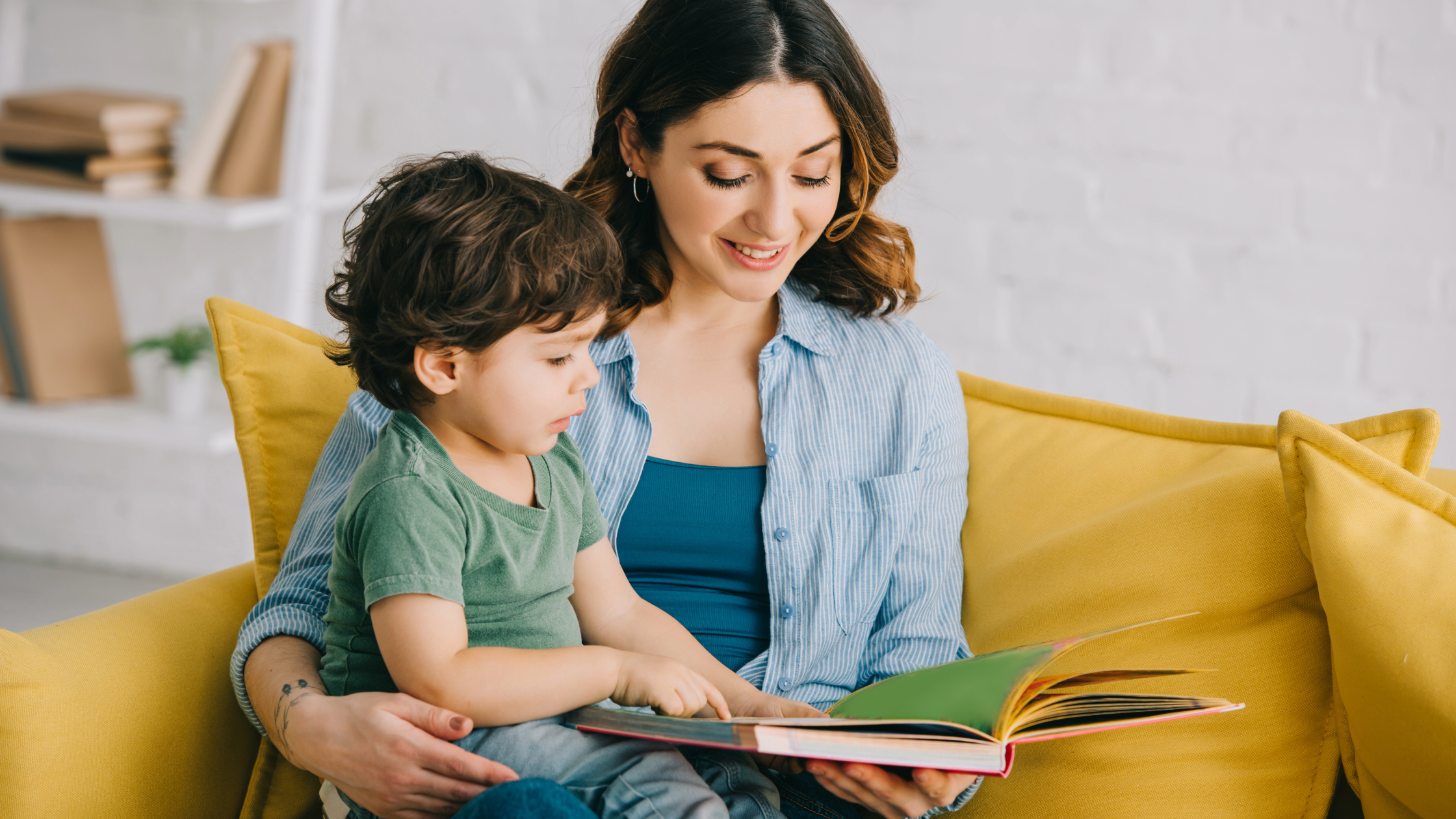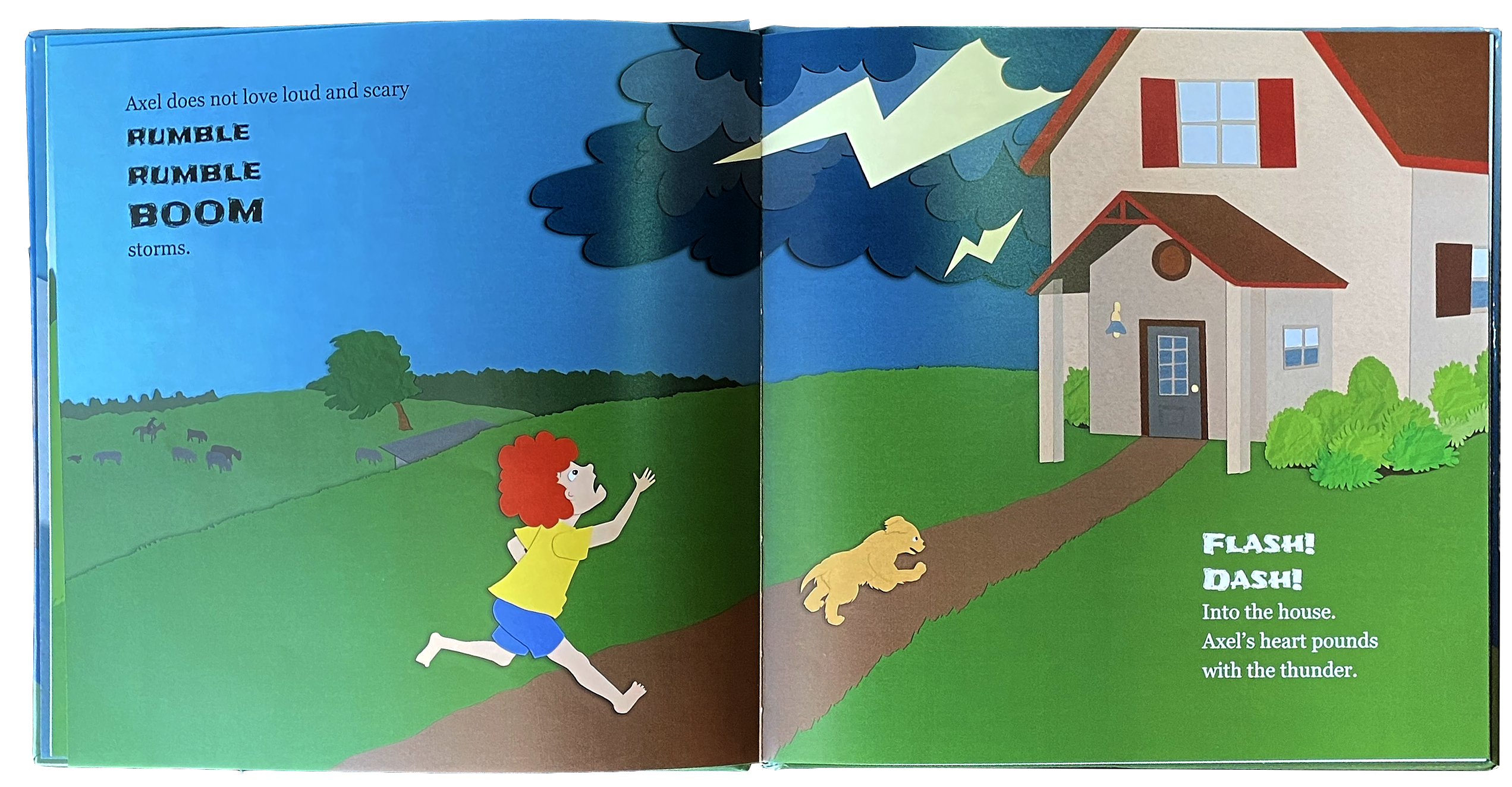After years of watching little readers grow (and occasionally try to eat their books!), I’ve learned that choosing between board books and picture books isn’t just about age – it’s about matching the right book to your child’s development stage. Let me share what I’ve discovered from both teaching young children and raising my own little bookworms.
Understanding the Differences between Board Books and Picture Books
Let’s start with the basics – what exactly sets these books apart?
Board Books:
- Made of thick, sturdy cardboard
- Usually 12-24 pages
- Simple illustrations
- Limited text
- Built to withstand drool and curious hands
Picture Books:
- Traditional paper pages
- Usually 32 pages
- Detailed illustrations
- More complex stories
- Better for gentle hands
When to Choose Board Books
There comes a time in every parent’s life when they discover that their child has turned into a chewing machine. Those teeth are trying to come in and books suddenly are in mouths all the time.
Board books are perfect when your child:
- Is under 2 years old
- Explores books with their mouth
- Hasn’t mastered gentle page-turning
- Needs durability for independent exploration
- Enjoys simple, repetitive stories
Best Uses for Board Books:
- Tummy time exploration
- Independent “reading” time
- Car trips
- Bath time (water-safe versions)
- Bedtime routines
When to Choose Picture Books
Picture books shine when your child:
- Can turn pages carefully
- Sits for longer stories
- Enjoys detailed illustrations
- Asks questions about stories
- Wants more complex plots
Perfect Times for Picture Books:
- Lap reading
- Group story time
- Quiet time activities
- Pre-nap settling
- Special one-on-one moments
Age Guidelines (With Flexibility!)
Generally, I’ve found these ages work well:
Birth-12 months:
Primarily board books with high contrast images, simple faces and objects.
12-24 months:
Mostly board books, with some sturdy picture books for lap reading, depending on how rough your child is with fragile paper pages.
2-3 years:
A mix of board and picture books. More kids have a growing attention for longer stories. Most still needs durability for independent reading. I love the Indistructables books for this age.
3+ years:
Primarily picture books, board books for reading with younger siblings. Most are ready for paper pages by this age.
Making the Transition
Tips for moving from board to picture books:
- Start with lap reading only
- Practice gentle page turning
- Use “special” books that stay on a shelf
- Keep board books in rotation
- Follow your child’s interest
Both Have Their Place!
When I was using books as a quiet independent activity for my kids, I love the ability to give them a board book and not worry about it being destroyed and ending up in pieces all over the floor. I also loved that I have some board books passed on from my childhood, which survived, and are still in good condition to read to my own children.
Why you might want both:
- Different situations need different books
- Siblings of different ages
- Various developmental stages
- Different times of day
- Different purposes (learning vs. story)
Choosing Quality Books
What to look for in board books:
- Rounded corners
- Non-toxic materials
- Securely bound pages
- Clear, simple images
- Age-appropriate text length
What to look for in picture books:
- Strong binding
- Quality paper
- Engaging illustrations
- Appropriate text-to-picture ratio
- Story complexity matching age
Investment Tips
Smart ways to build your library:
- Start with essential board books
- Add picture books gradually
- Watch for library sales
- Consider used books (easier to replace)
- Rotate books seasonally
Remember This!
Every child’s journey with books is unique. The “right” time to transition between board books and picture books varies widely. What matters most is:
- Following your child’s lead
- Keeping books accessible
- Making reading enjoyable
- Maintaining a variety of options
- Creating positive associations with books
Have you found creative ways to use both board books and picture books? Share your experiences in the comments below! And for more age-specific reading recommendations, check out my guide on Best Family Read-Aloud Books by Age.
Pro Tip: Keep board books around even after your child moves to picture books. They’re perfect for independent reading time when you need a few minutes to yourself!






0 Comments